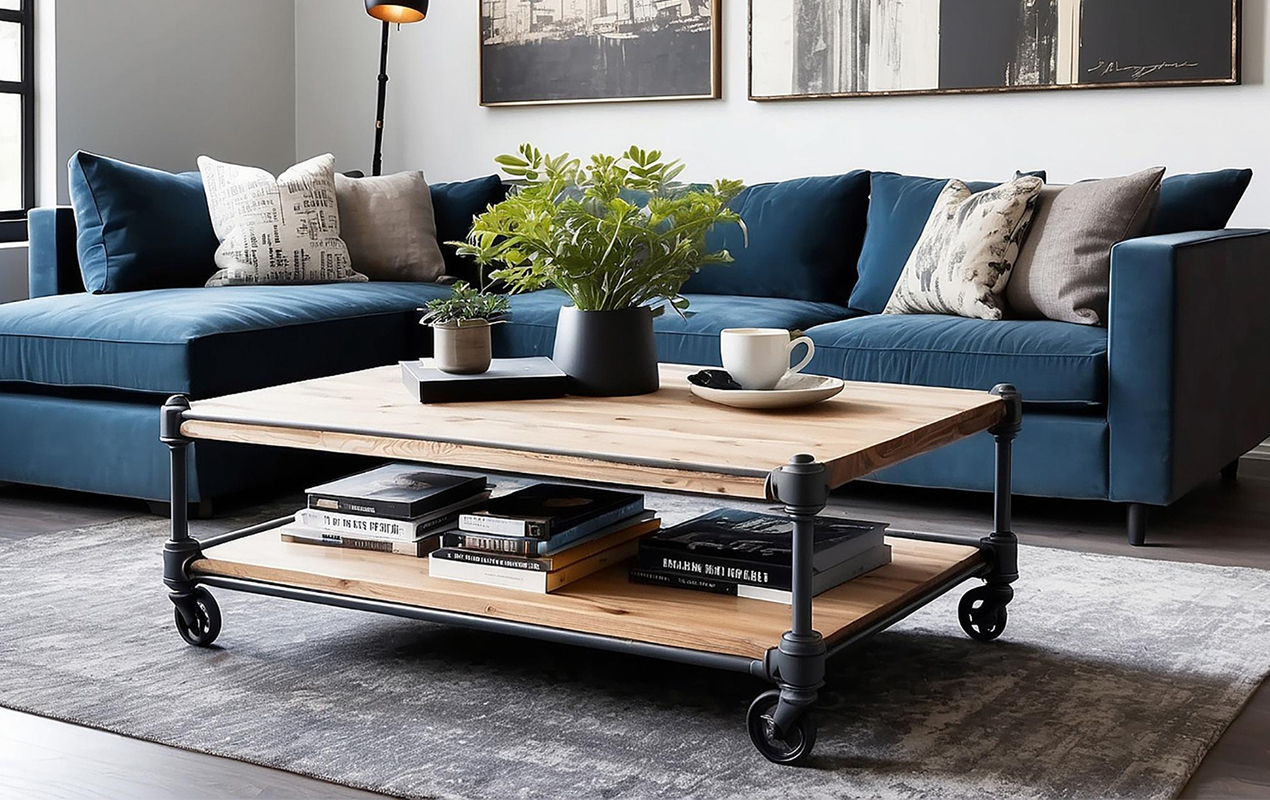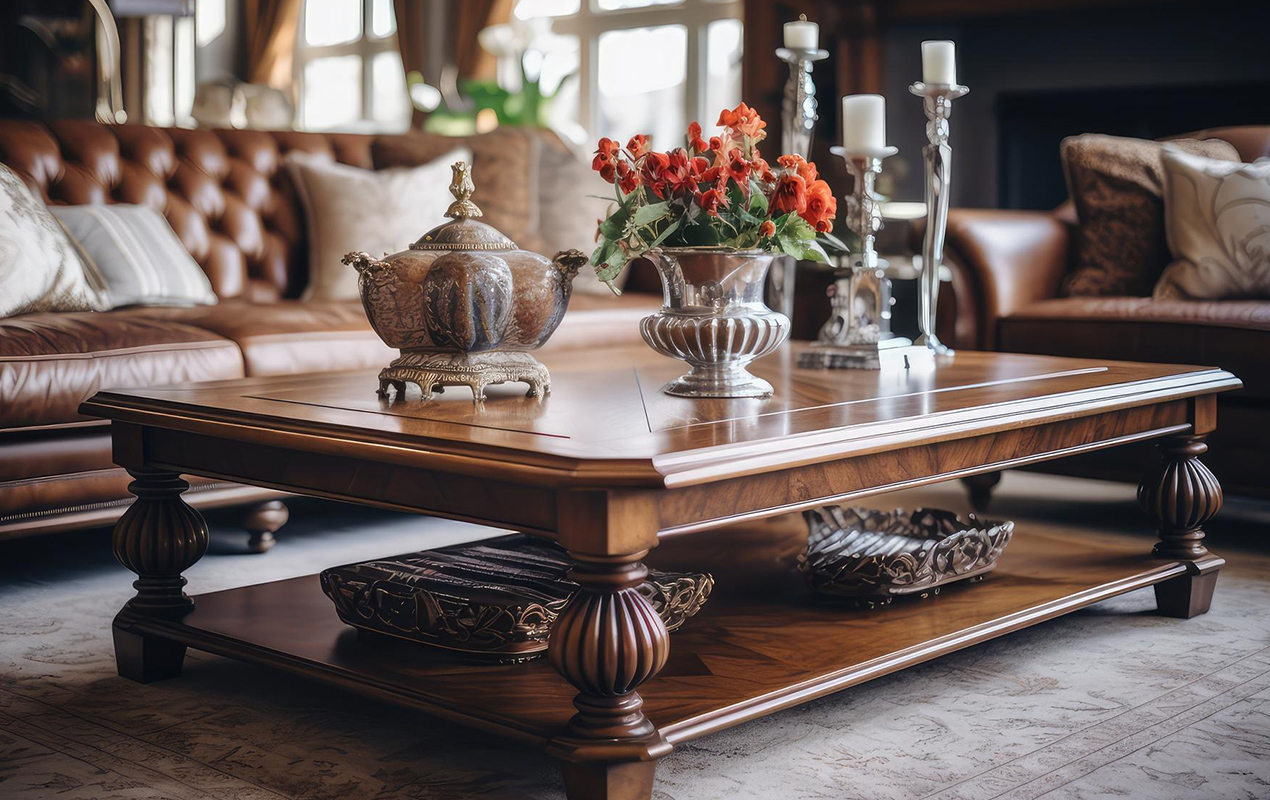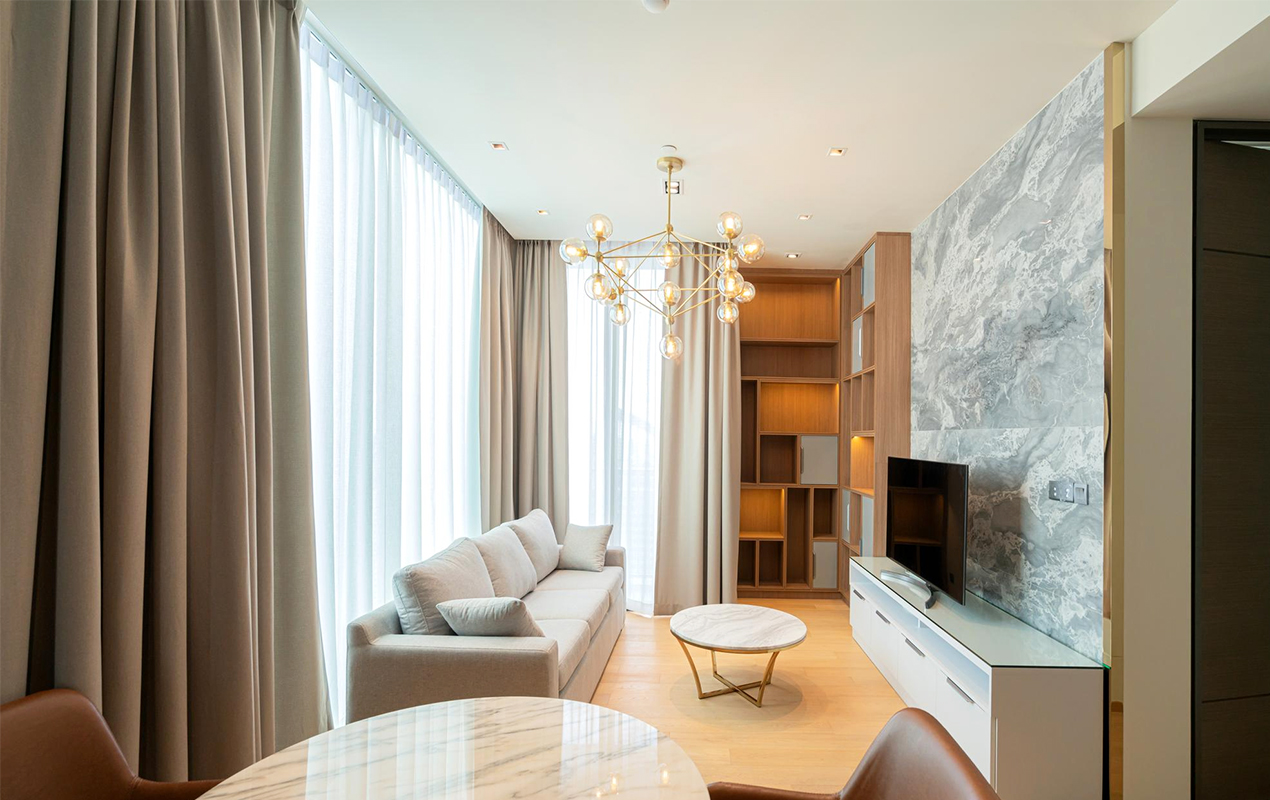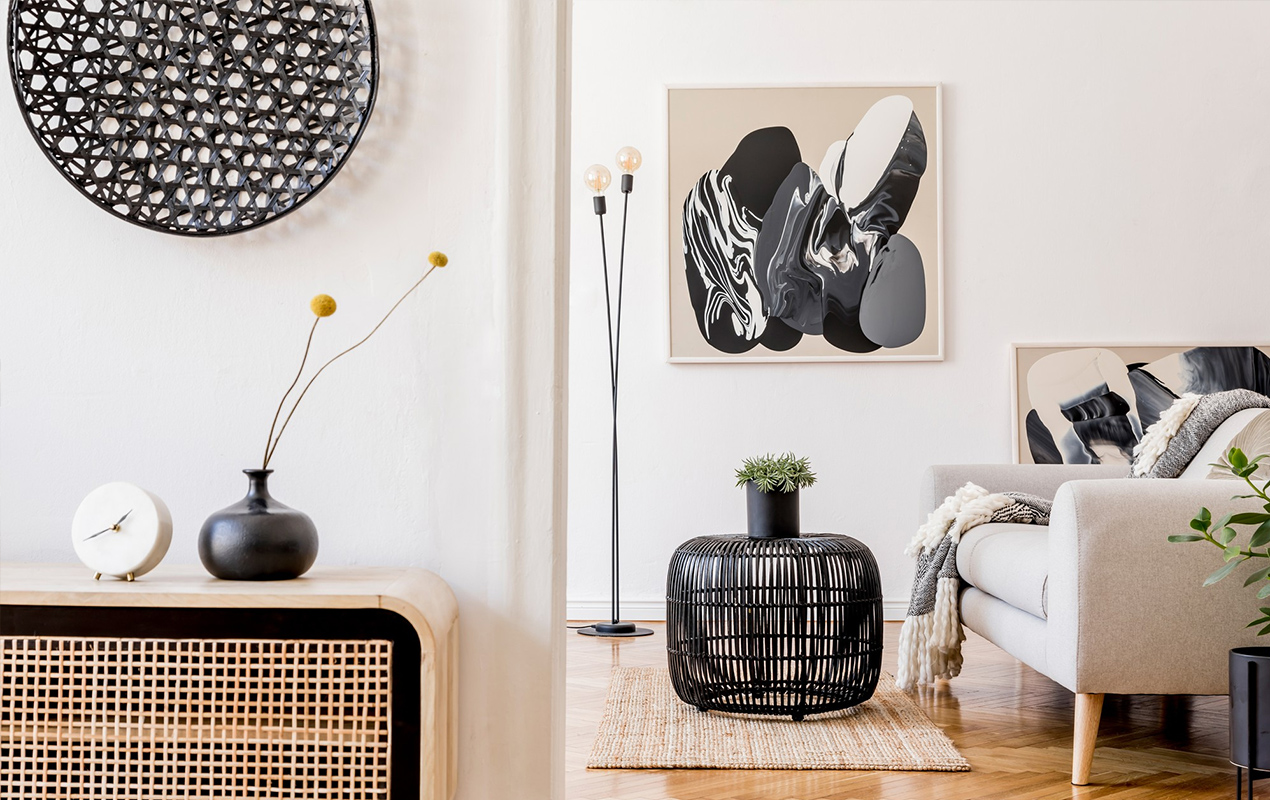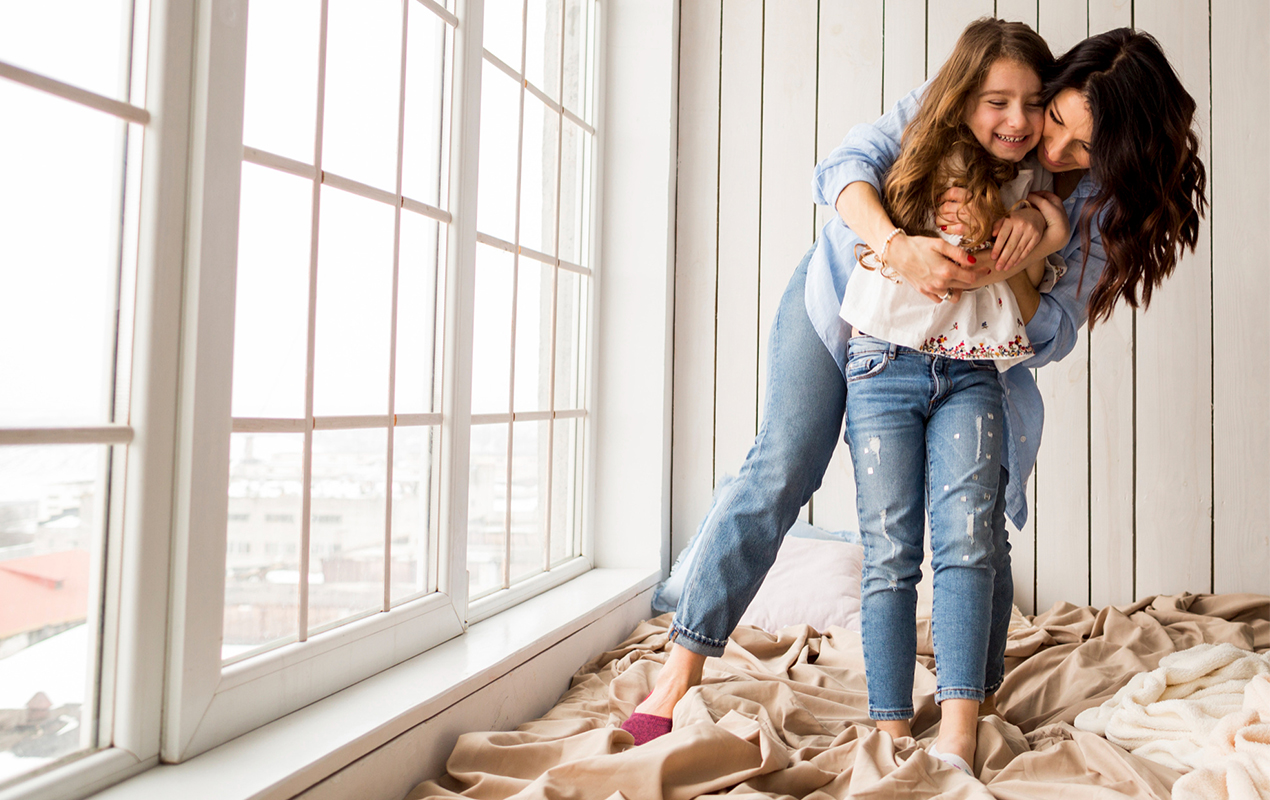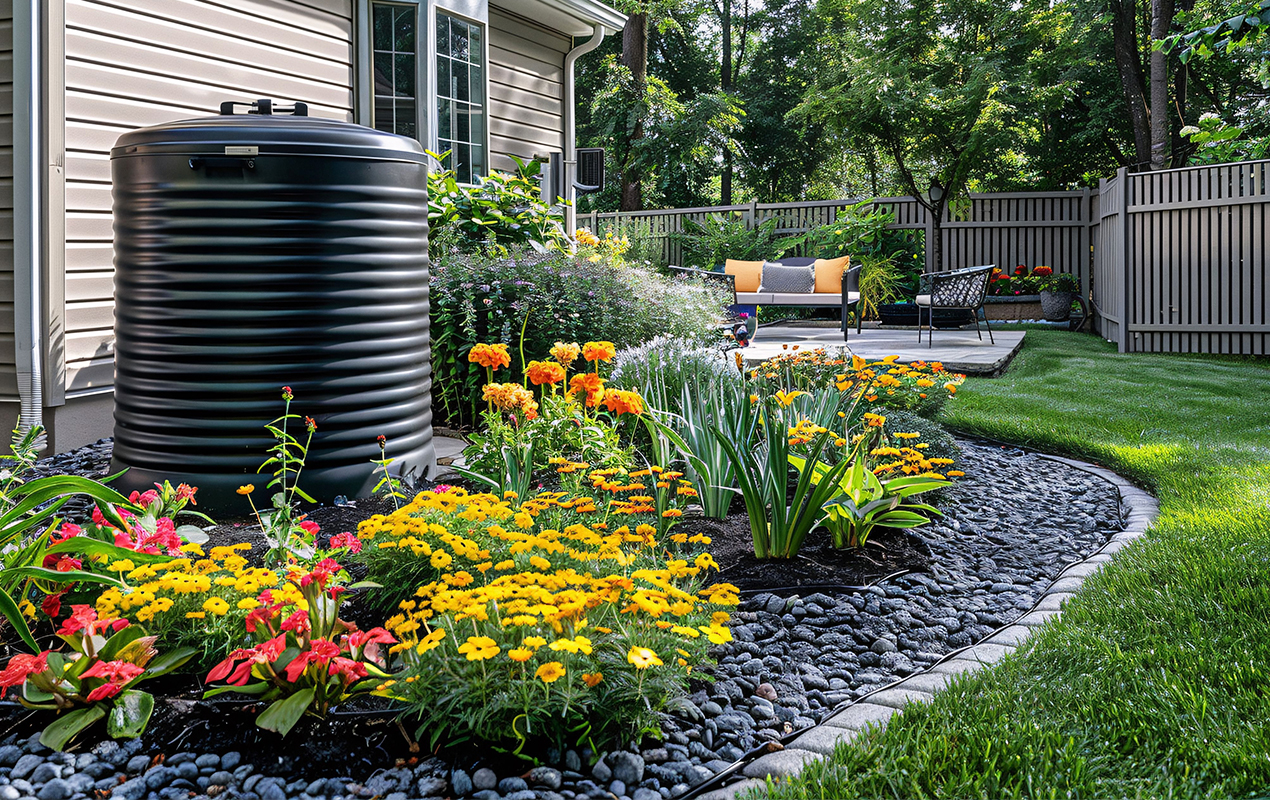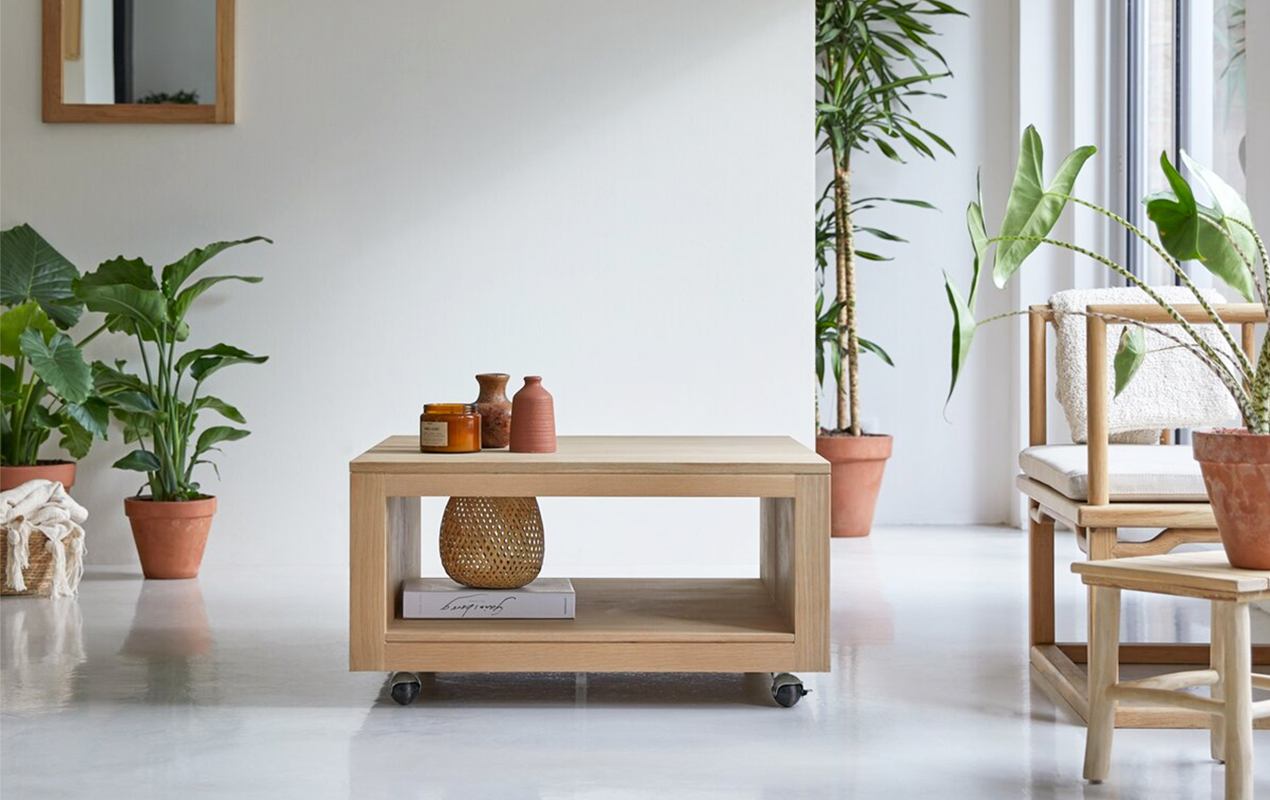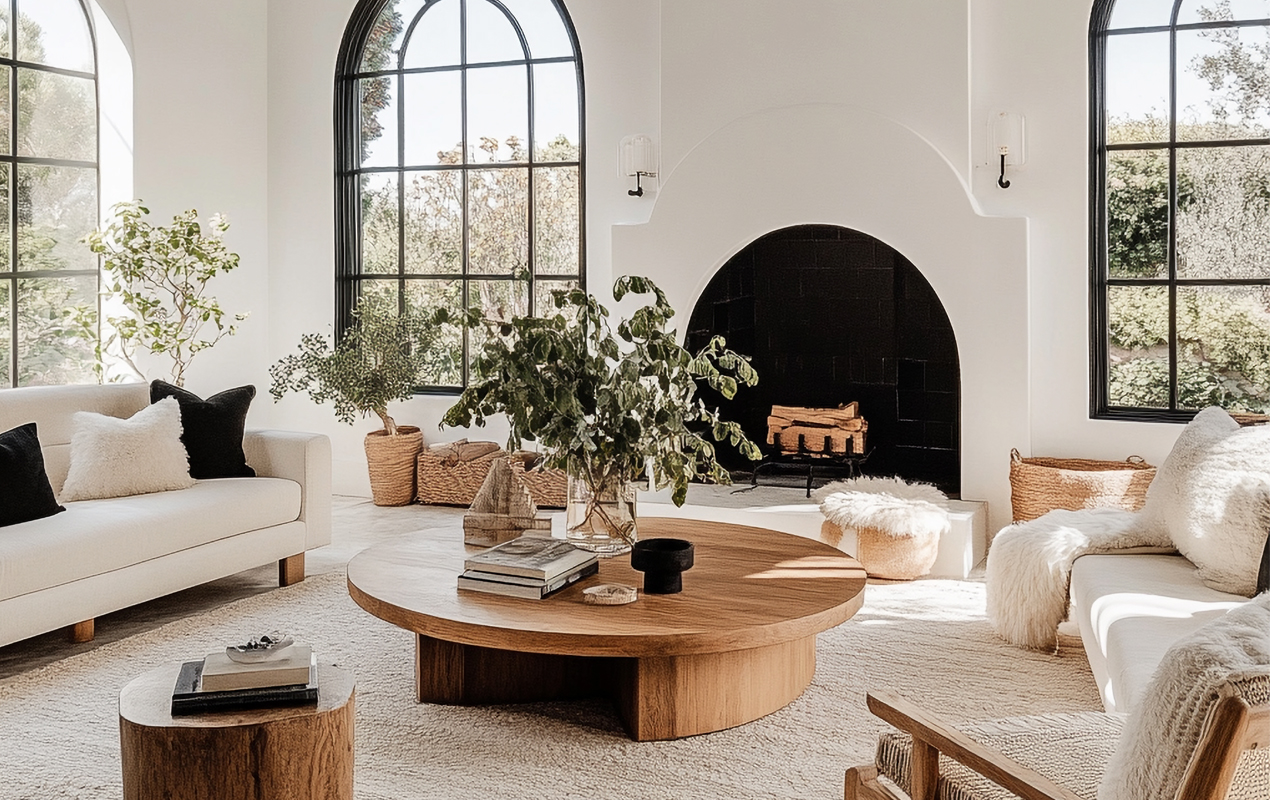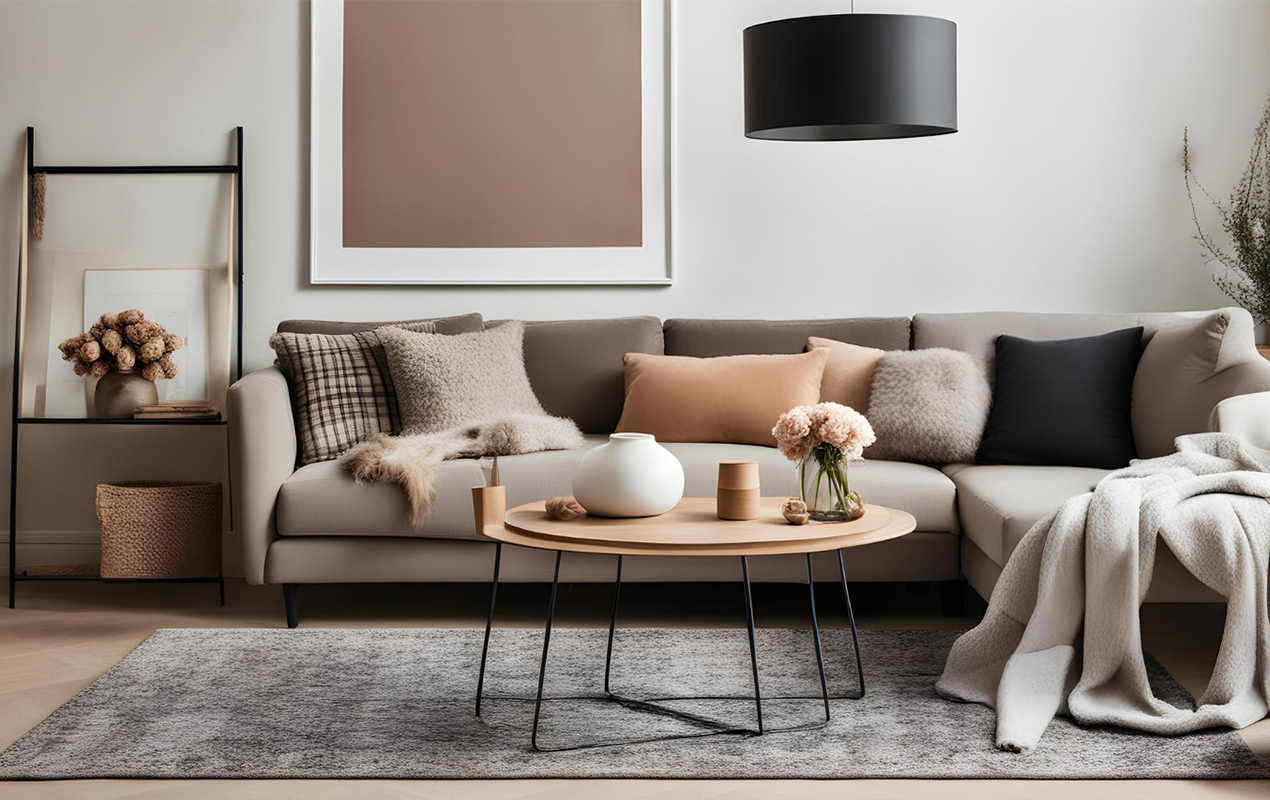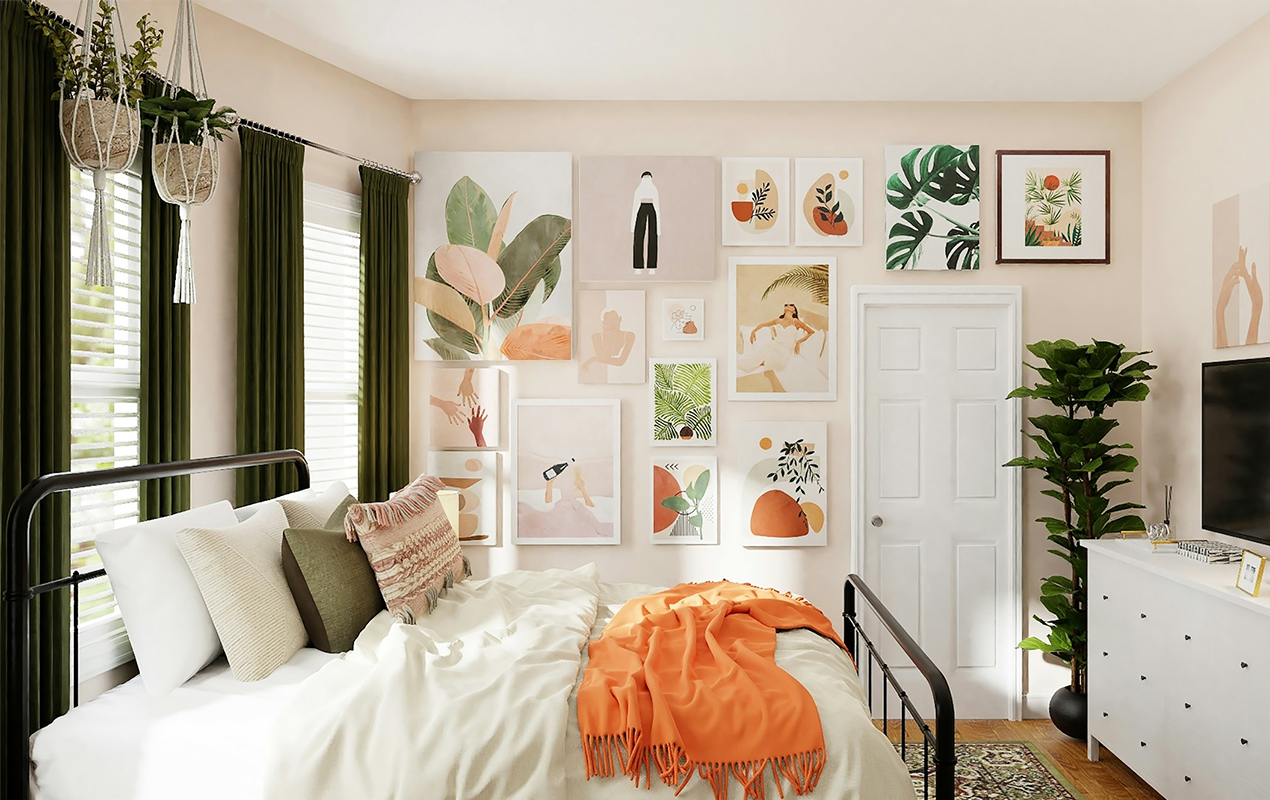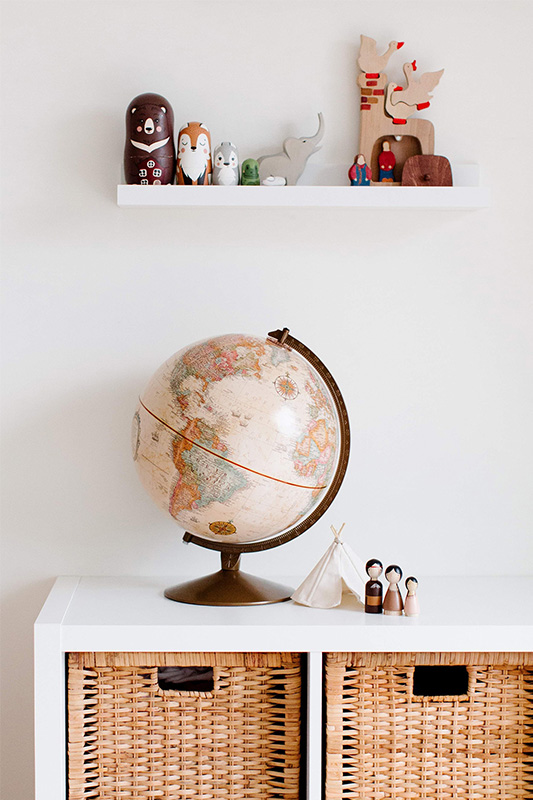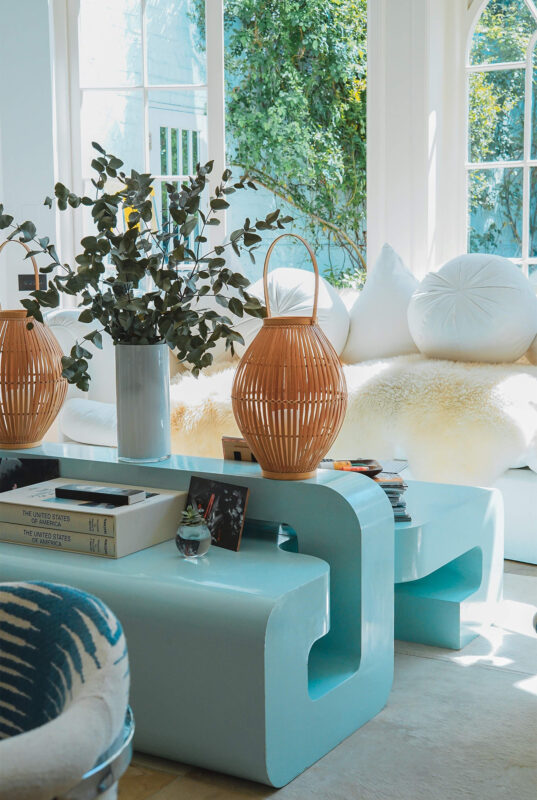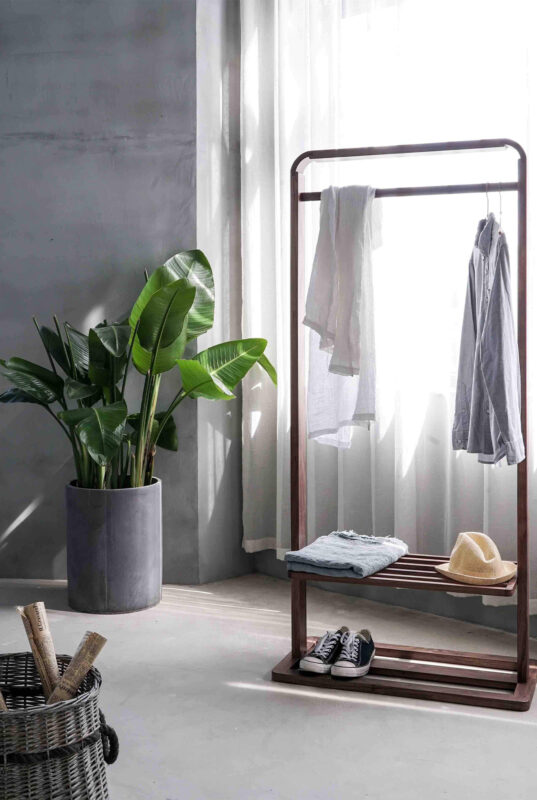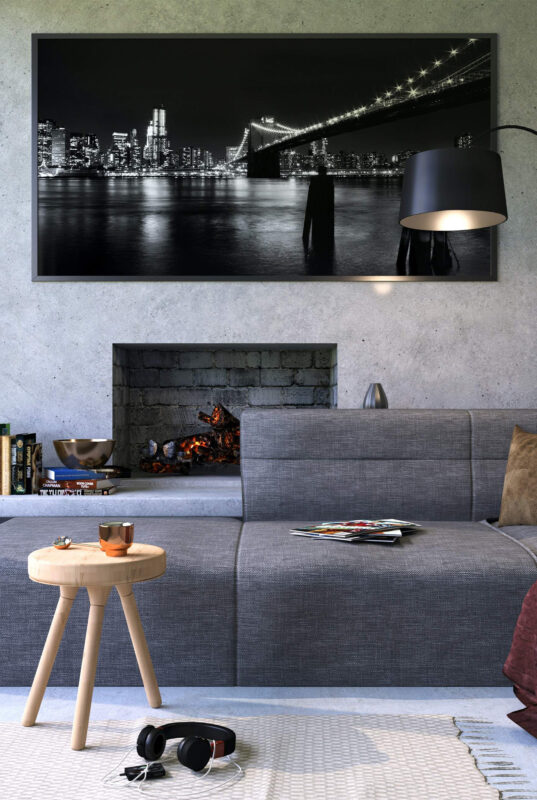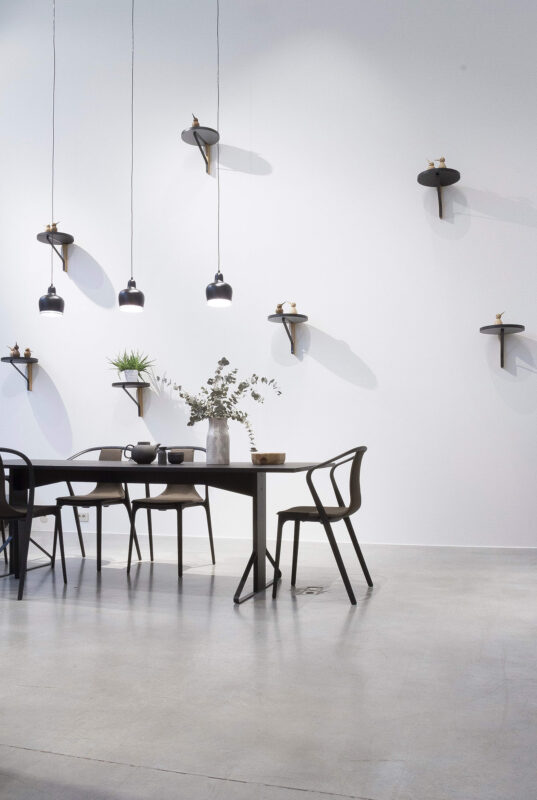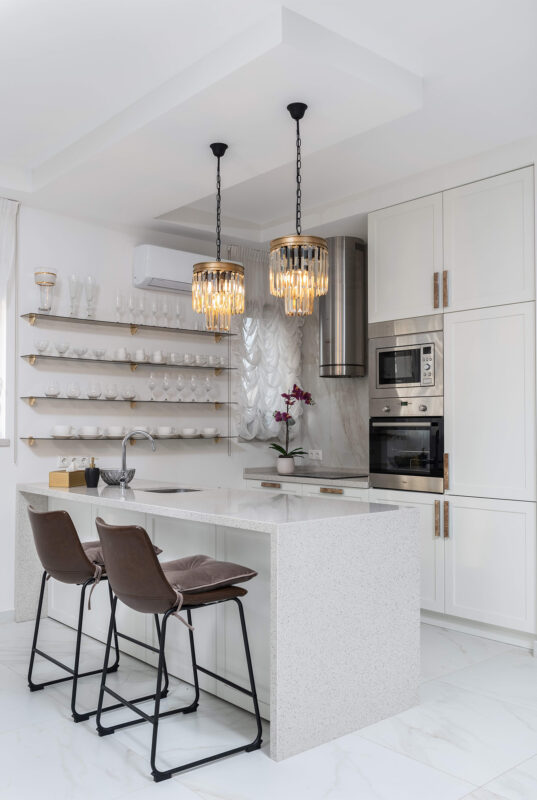Blog
The Essential Guide to Interior Design History by Decade
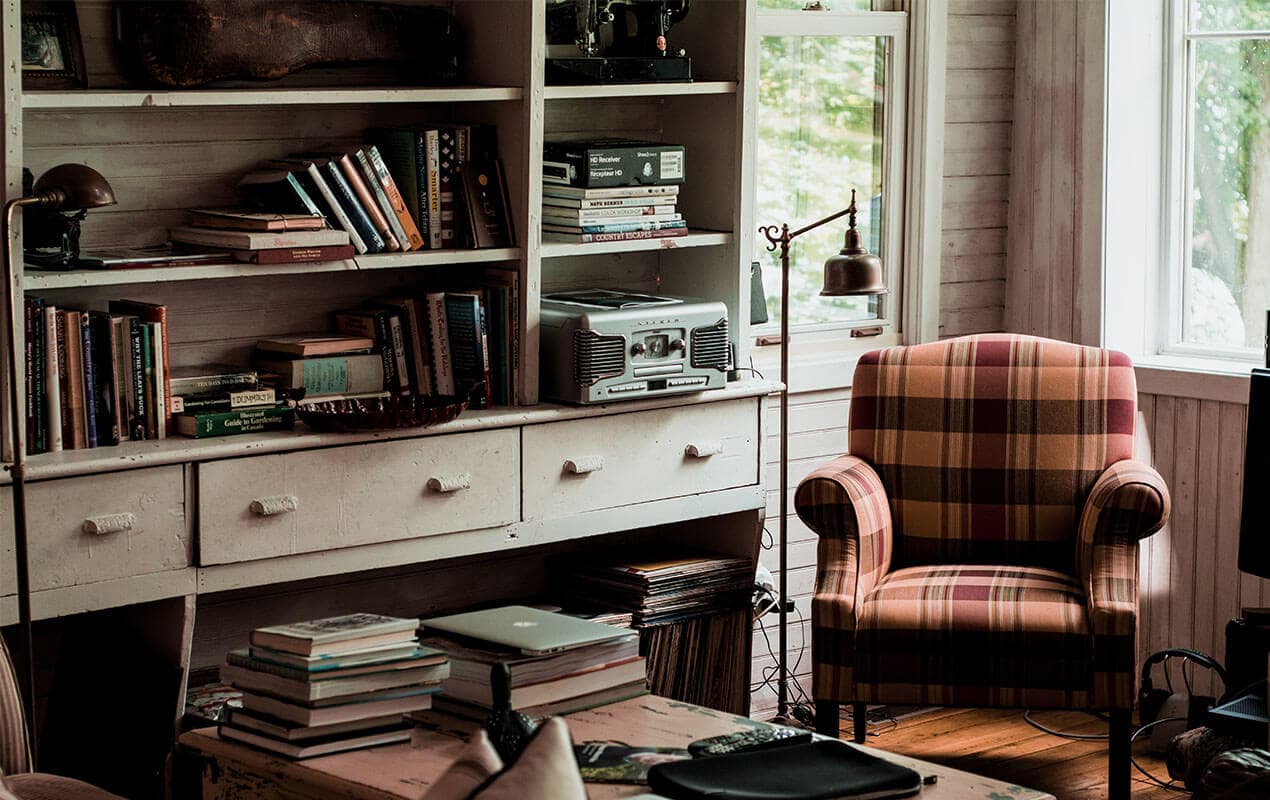
Interior design history goes back as far as there have been homes, and looking back on it can be a real indicator of where people and society were at certain times. Along with this, analyzing decor and furniture styles by decade can be a great way to find inspiration for your home in the present day.
That’s why we’ve put together this guide elaborating on the history of interior design, with a focus on the 1900s and onwards to keep things at least somewhat contemporary. Now, join us on this journey to exploring interior design styles throughout history!
Interior Design History – Early 1900s Interior Design
The defining factor of interior design in the early 1900s was the ‘Arts and Crafts Movement’ carried over from the mid to late 1800s. Think lots of artisanal wooden pieces and items with a folky, romantic sort of look and vibe.
Interior Design History – 1910s Design
In the 1910s, things started taking a more luxuriant turn, with industrialists enjoying the benefits of the revolution prior to the First World War. This decade was also the rise of the Art Deco movement, with more intricate pieces being seen in wide circulation, along with a wider variety of materials being used between items of furniture and decor.
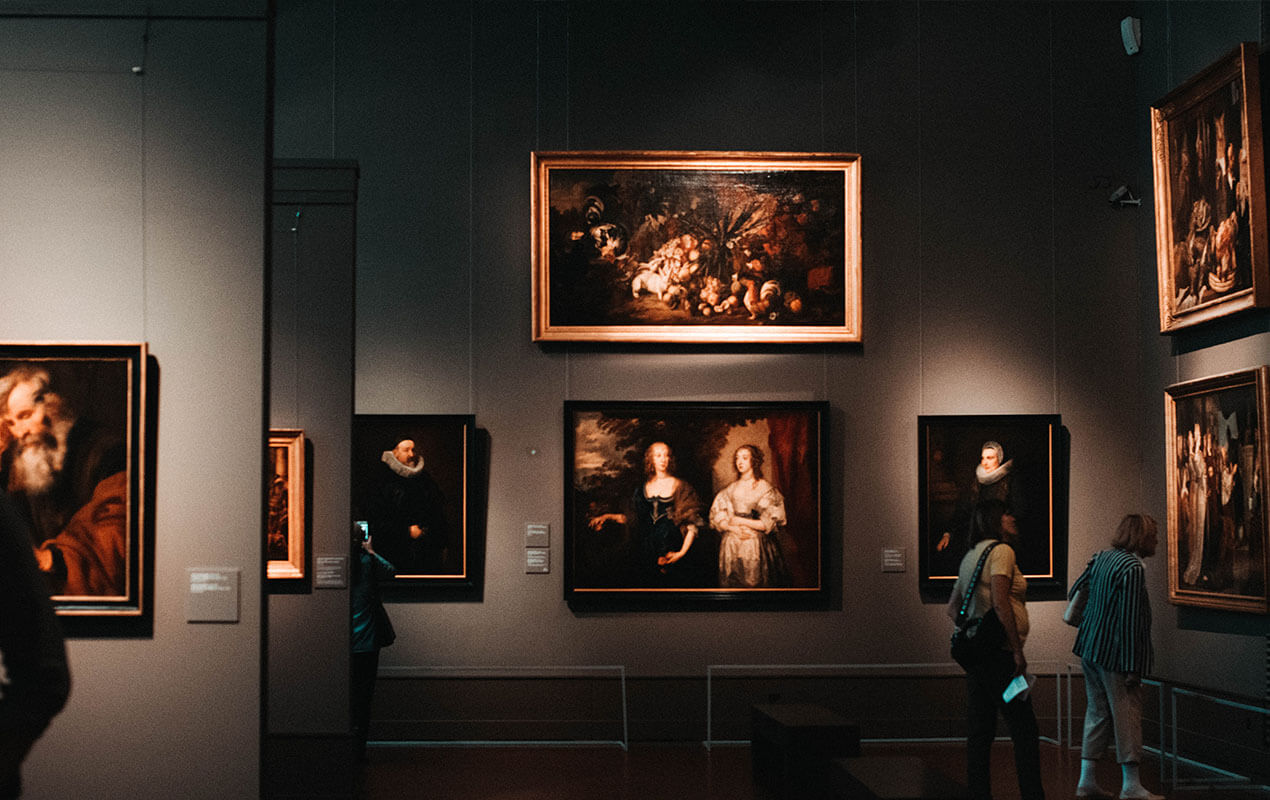
Insight – Blend Blend Blend!: When searching for inspiration from the different decades of interior design, it’s fun to incorporate elements from all over the place. Don’t be strict and cherry pick your favorite features.
Interior Design History – 1920s Design
The 1920s saw the shift from traditional art deco design to the more functional Bauhaus movement, with a more modernist take on the artistic pieces that were seen in the previous decade. Geometric shapes and primary colors were all the rage through this period.
Interior Design History – 1930s Design
Things took a much more modern turn when it got to the 1930s, with inspiration taken from industrial design and transportation being far more prevalent. This era was known as the Streamline Moderne period, with concrete, steel, and glass elements being used more than ever before.
Interior Design History – 1940s Design
Despite the turbulence of the 1940s from the rise of the Second World War, there were still progressions made in interior design, with true Modernism coming to fruition. It continued the stripped-back approach of the 1930s, also increasing the emphasis on technology, while color coordination was also on the rise.
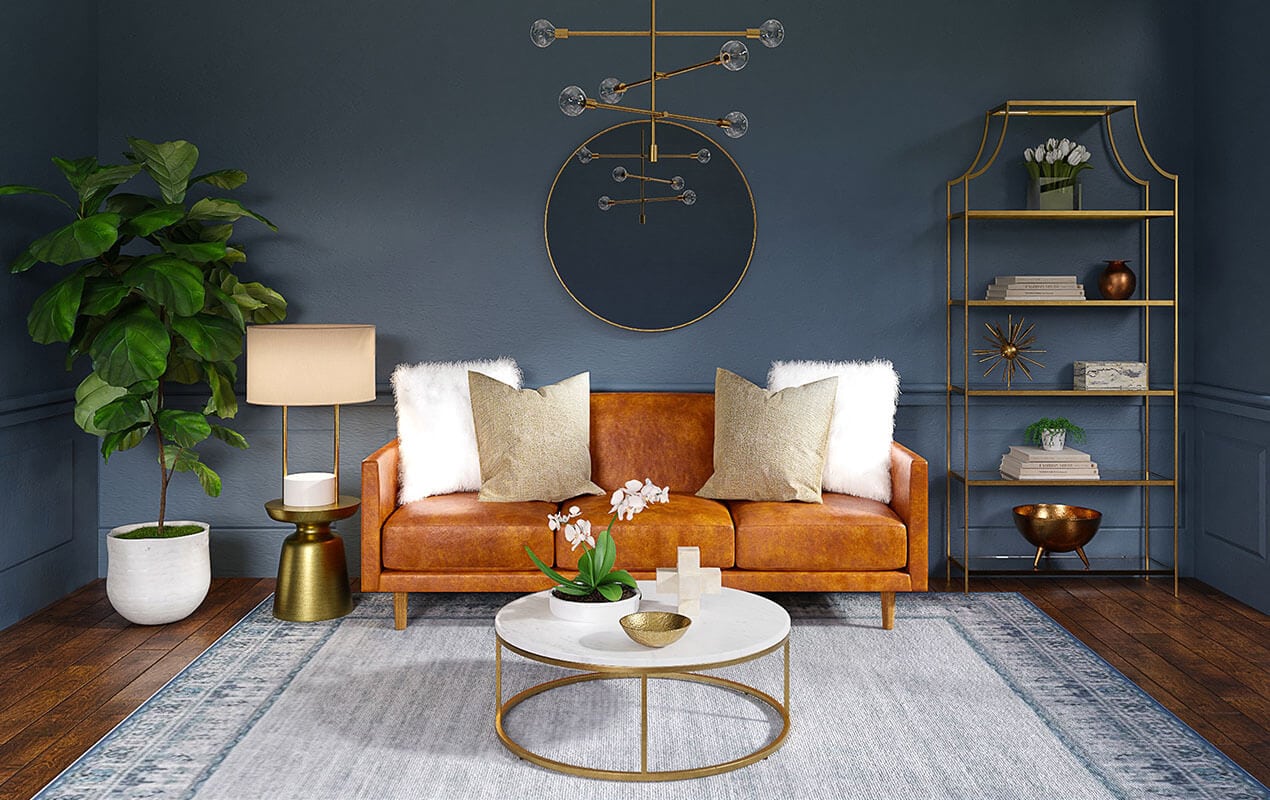
Insight – Stay on Theme: For an immersive experience in your own home, why not fully harness the style and atmosphere of your favourite interior design period. This will make choosing your pieces more straightforward.
Interior Design History – 1950s Design
The 1950s is one of the most influential periods in the history of interior design, being the first introduction of Scandinavian design choices in the wider west. These designs are based on comfort, functionality, and minimalism, using affordable materials to bring style to the masses. Along with this, this era brought forth many exciting mid-century pieces to experiment with.
Interior Design History – 1960s Design
After the Scandi revolution of the previous decade, 1960s interior design was further influenced by technological advancement, most notably the space race. Space Age touches were being seen a lot more commonly in terms of shape and color, along with the introduction of plastic elements.
Interior Design History – 1970s Design
The 1970s saw the rise of disco music and hippies, which was reflected in increasingly ‘groovy’ design choices, including the melding of more natural elements with the plastics introduced in the previous years. Bright colors and upcycled elements also became commonplace.
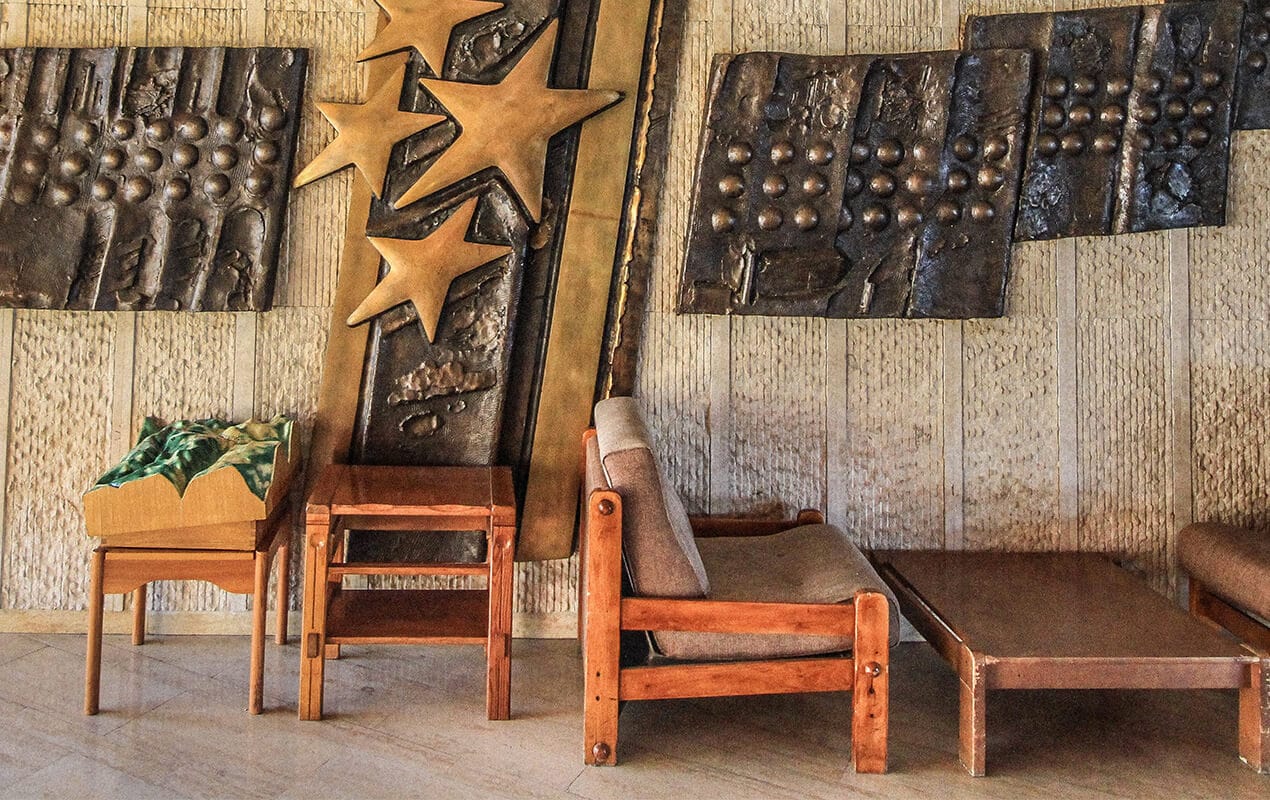
Insight – Theme Rooms!: Why not make your home a journey through the ages? Transitioning between a 60s style living room to a modern kitchen might feel jarring at first, but some aspects of each period might work better for different areas of the house.
Interior Design History – 1980s Design
If looking through your playlists, you might find some of the cheesiest music you love has come directly from the 1980s, and that bombastic, heart-on-the-sleeve style was reflected in the Post-Modern interior design of the era. Preppy decorations, big soft furnishings, and ostentatious ottomans were all indicative of the 80s.
Interior Design History – 1990s Design
After the POMO (post-modern) era of the 1980s, the 90s saw a contrast in different styles being seen all over, likely as a side effect of globalization. In some cases, you’d be seeing a lot of exposed brickwork, floral patterning, and pops of color, while more neutral and minimalistic choices focused on comfort were being seen in equal measure.
Interior Design History – 2000s Design
In the 2000s, there was a growth in environmental consciousness, along with an increased appreciation for nature being seen across the world. This led to more and more greens being seen in homes, while it was also the time when the fully white kitchen really started to gain traction and popularity.
Along with this, the 2000s saw more and more people looking backward, adapting older trends to suit the lifestyles of the modern-day. Scandi design made a huge comeback throughout the noughties, especially with the introduction of Flat-Pack furniture from a certain Swedish furniture brand…
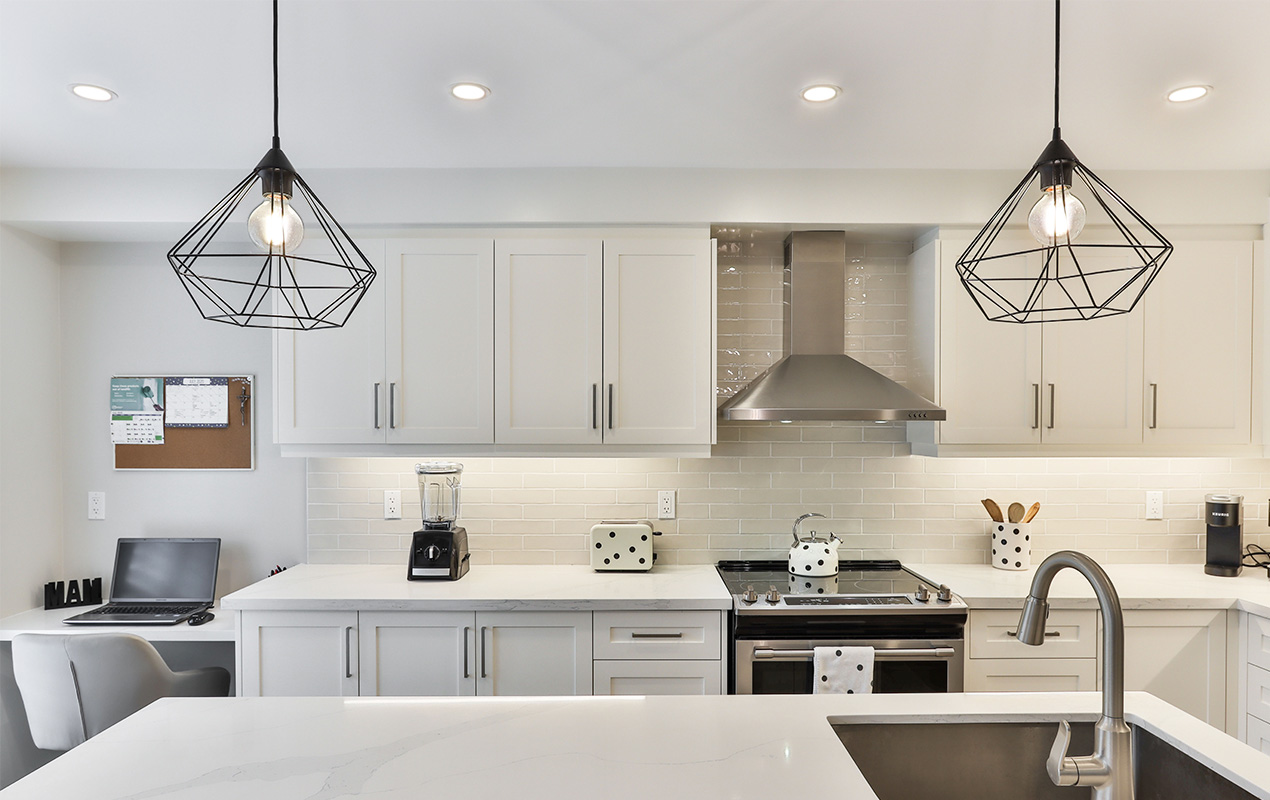
Interior Design History – 2010s Design
The 2010s were the culmination of all the years that came before them, with a melting pot of styles being seen more and more in the trends of the decade. Bespoke furniture and decor pieces were more available than ever, while a resurgence of interest in industrial and rustic design choices also came to fruition in these years.
Along with this, the increase in environmental and natural choices grew from the decade prior, with more and more upcycled pieces being seen in the trendiest of properties. Common items include barrels and storage chests being used for coffee tables and stools, along with other reinventions of the sort. This was coupled with the most global influence on interior design that homes had ever seen.
Interior Design History – 2020s and Beyond!
So with all that we know about past interior design trends by decade, what do the present and future hold for our homes? well as you may already know, the shift towards integrating biophilic design into our homes is in full effect, with the mental and physical benefits being touted by many a trendsetting blog and brand. Along with this, we’re seeing a shift toward smart furniture and technology solutions all around the house, from innovative lighting fixtures to touch-screen fridges!
There’s no telling what the rest of the 2020s could bring, but many would say we’re in the midst of a golden age for interior design, with an awareness of past and global influences more profound than ever. In our opinion, however, following trends is all well and good, but the real magic happens when you make timeless design and decor choices. Now go forth, and happy designing!

